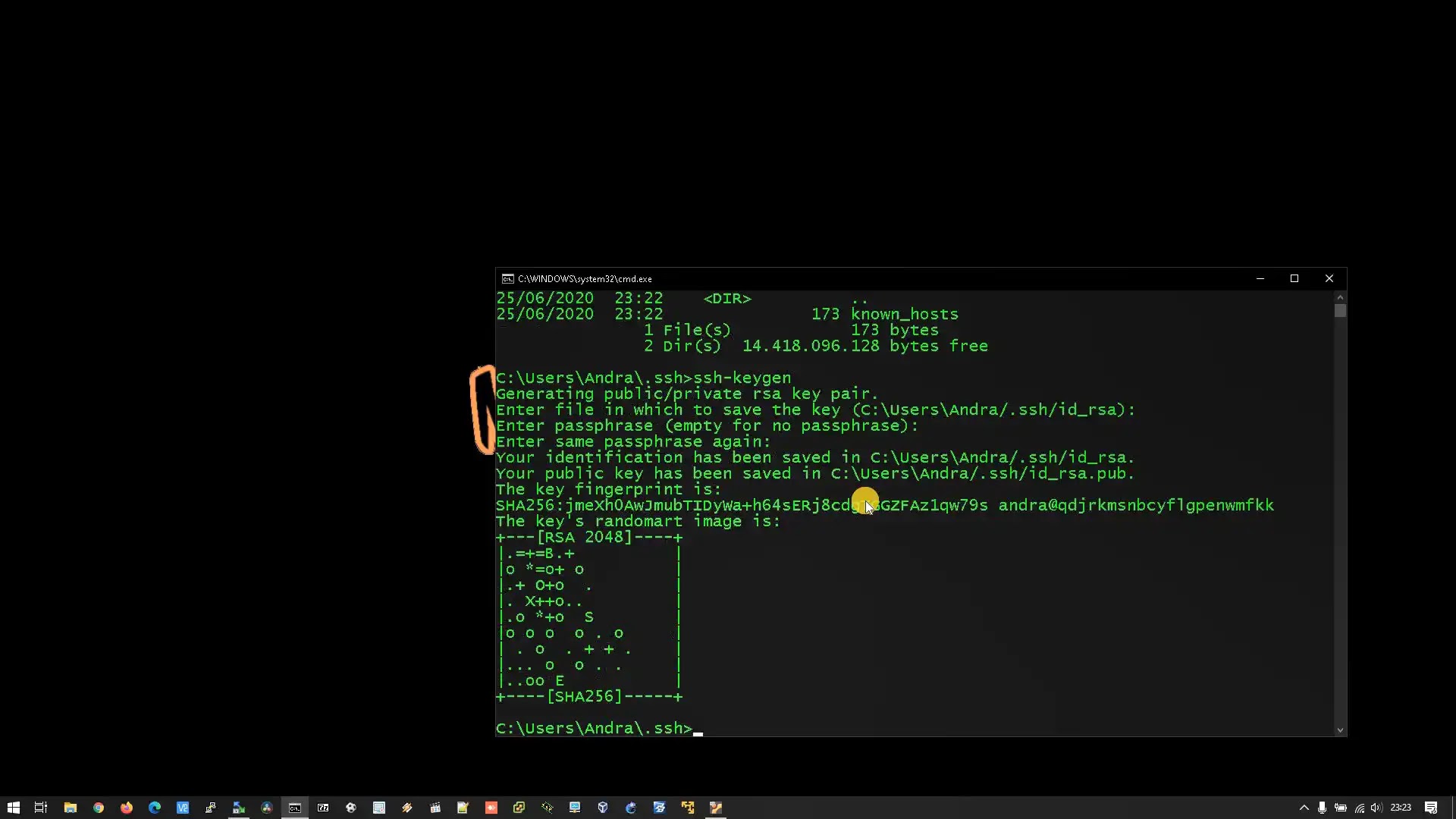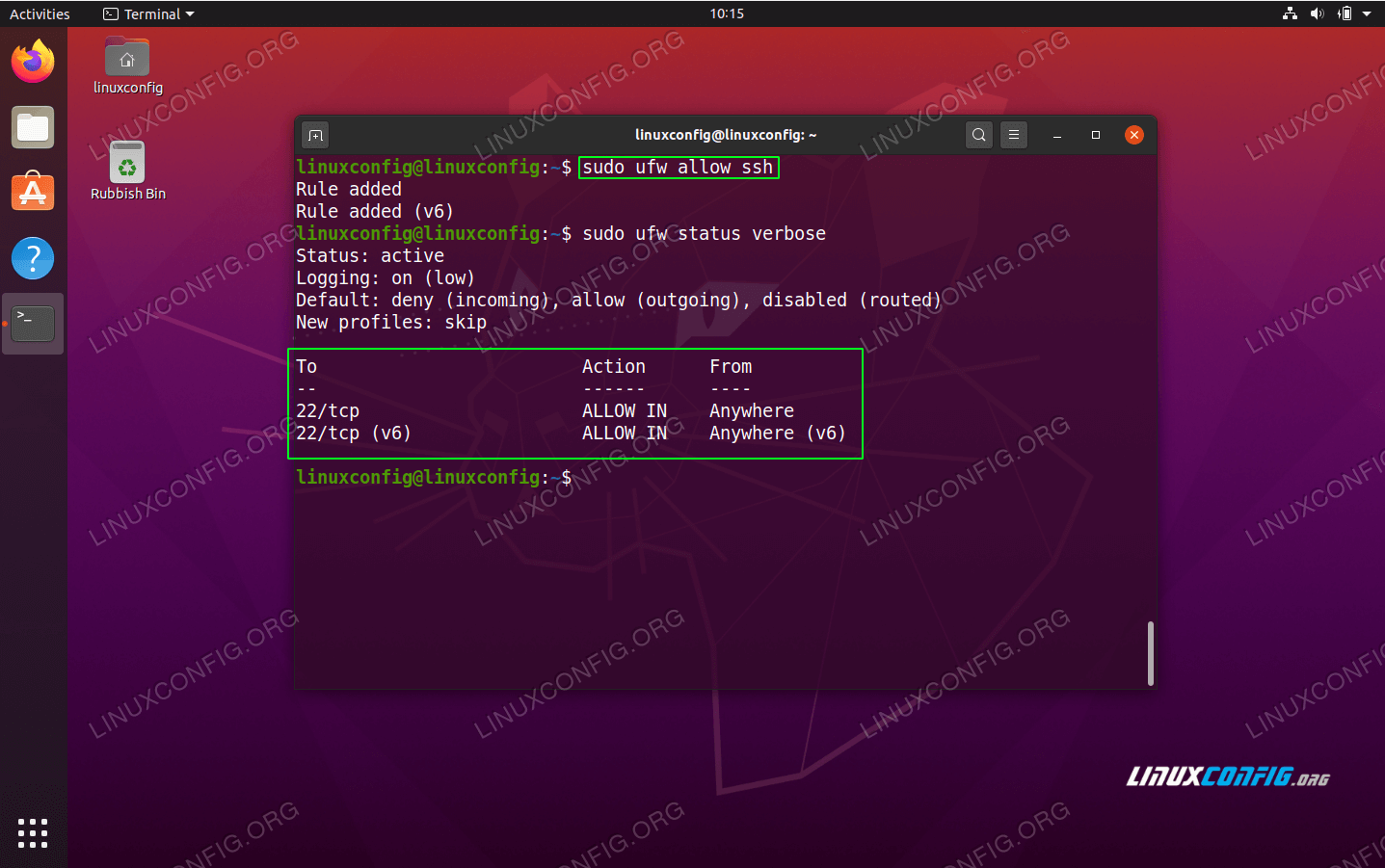IoT Platform Remote SSH Example Ubuntu: A Comprehensive Guide
As the Internet of Things (IoT) continues to expand, managing remote devices securely has become a critical aspect of modern technology. One of the most reliable methods for remote access is Secure Shell (SSH), especially when paired with Ubuntu, a popular Linux distribution. In this guide, we will explore how to use IoT platforms with remote SSH on Ubuntu, providing practical examples and step-by-step instructions.
IoT platforms are revolutionizing the way we interact with devices, enabling seamless communication between machines. However, ensuring secure and efficient remote management is essential, and SSH plays a pivotal role in this process. Whether you're a developer or an enthusiast, understanding how to set up and manage SSH on Ubuntu can significantly enhance your IoT projects.
This article will delve into the intricacies of IoT platform remote SSH setup on Ubuntu, offering actionable insights, expert tips, and real-world examples. By the end of this guide, you'll have a clear understanding of how to implement secure remote access for your IoT devices.
Table of Contents
- Introduction to IoT Platform Remote SSH
- Why Use Ubuntu for IoT Platforms?
- Understanding SSH Basics
- Setting Up SSH on Ubuntu
- Integrating IoT Platforms with SSH
- Security Best Practices for Remote SSH
- IoT Platform Remote SSH Example
- Troubleshooting Common Issues
- Real-World Use Cases
- Conclusion
Introduction to IoT Platform Remote SSH
Remote SSH is a powerful tool that enables secure communication between devices over a network. In the context of IoT platforms, SSH allows developers and administrators to manage remote devices efficiently. By leveraging Ubuntu's robust infrastructure, you can establish a secure connection that ensures data integrity and privacy.
Why SSH Matters in IoT
IoT devices often operate in environments where physical access is limited. SSH provides a secure channel for remote management, enabling users to execute commands, transfer files, and monitor device performance without being physically present. This is particularly beneficial for large-scale IoT deployments where multiple devices need to be managed simultaneously.
Key Features of SSH
- Encryption: All data transmitted through SSH is encrypted, ensuring security.
- Authentication: SSH supports various authentication methods, including passwords and public key authentication.
- Portability: SSH can be used across different operating systems, making it versatile for IoT applications.
Why Use Ubuntu for IoT Platforms?
Ubuntu stands out as one of the most popular Linux distributions for IoT platforms due to its stability, security, and community support. Its lightweight architecture makes it ideal for resource-constrained devices, while its extensive package repository ensures compatibility with a wide range of applications.
Advantages of Using Ubuntu
- Regular Updates: Ubuntu receives frequent updates, ensuring security patches and new features are readily available.
- Compatibility: Ubuntu supports a vast array of hardware, making it suitable for diverse IoT projects.
- Community Support: A large and active community provides extensive resources and assistance for developers.
Understanding SSH Basics
Before diving into the specifics of IoT platform remote SSH setup on Ubuntu, it's essential to understand the fundamentals of SSH. SSH, or Secure Shell, is a cryptographic network protocol that facilitates secure communication between devices. It operates on port 22 by default and supports various authentication methods.
SSH Protocol Overview
The SSH protocol uses public-key cryptography to authenticate devices and encrypt data. This ensures that even if the communication is intercepted, the data remains unreadable to unauthorized parties. Understanding the basics of SSH keys and configurations is crucial for setting up a secure IoT platform.
Setting Up SSH on Ubuntu
Setting up SSH on Ubuntu is a straightforward process. Below is a step-by-step guide to help you configure SSH for your IoT platform.
Step 1: Install OpenSSH Server
Begin by installing the OpenSSH server on your Ubuntu system. Open your terminal and run the following command:
sudo apt update
sudo apt install openssh-server
Step 2: Configure SSH Settings
After installation, you can configure SSH settings by editing the SSH configuration file:
sudo nano /etc/ssh/sshd_config
Modify the following parameters to enhance security:
- Port: Change the default port (22) to a custom port number.
- PasswordAuthentication: Set this to "no" to disable password-based authentication.
- PermitRootLogin: Set this to "no" to prevent root login.
Step 3: Restart SSH Service
Once you've made the necessary changes, restart the SSH service to apply the new settings:
sudo systemctl restart ssh
Integrating IoT Platforms with SSH
Integrating IoT platforms with SSH involves connecting your IoT devices to a central server or gateway. This allows for centralized management and monitoring of all connected devices.
Connecting IoT Devices
To connect IoT devices to your SSH-enabled server, follow these steps:
- Install the necessary software on your IoT devices.
- Configure the devices to connect to the server's IP address and custom port.
- Test the connection to ensure secure communication.
Security Best Practices for Remote SSH
Security is paramount when managing IoT platforms remotely. Implementing best practices can significantly reduce the risk of unauthorized access and data breaches.
Use Strong Passwords
Although password-based authentication is not recommended, if you must use it, ensure that passwords are strong and complex. Consider using a password manager to generate and store secure passwords.
Enable Public Key Authentication
Public key authentication is a more secure alternative to password-based authentication. Generate a key pair using the following command:
ssh-keygen -t rsa -b 4096
Copy the public key to your server:
ssh-copy-id user@server_ip
Monitor Logs
Regularly monitor SSH logs for suspicious activity. Use tools like fail2ban to automatically block IP addresses that exhibit malicious behavior.
IoT Platform Remote SSH Example
Let's consider a practical example of setting up an IoT platform with remote SSH on Ubuntu. Assume you have a Raspberry Pi running Ubuntu and want to manage it remotely.
Step 1: Install Required Software
Install the necessary software on your Raspberry Pi:
sudo apt install openssh-server
Step 2: Configure SSH
Edit the SSH configuration file to enhance security:
sudo nano /etc/ssh/sshd_config
Apply the changes and restart the SSH service:
sudo systemctl restart ssh
Step 3: Test the Connection
From your local machine, test the connection using the following command:
ssh user@raspberrypi_ip
Troubleshooting Common Issues
Despite careful setup, issues may arise when configuring SSH for IoT platforms. Below are some common problems and their solutions:
Issue: Unable to Connect
If you're unable to connect to your server, ensure that:
- The SSH service is running.
- The firewall allows traffic on the configured port.
- The IP address and port number are correct.
Issue: Authentication Failed
Authentication failures can occur due to incorrect keys or misconfigured settings. Verify that:
- The public key is correctly added to the server.
- The SSH configuration file is properly set up.
Real-World Use Cases
IoT platforms with remote SSH have numerous applications across various industries. Below are some examples:
Smart Home Automation
SSH enables homeowners to manage smart home devices remotely, enhancing convenience and security.
Industrial IoT
In industrial settings, SSH facilitates the monitoring and control of machinery, improving efficiency and reducing downtime.
Healthcare
SSH is used in healthcare to securely transmit patient data between devices, ensuring compliance with regulations like HIPAA.
Conclusion
IoT platform remote SSH setup on Ubuntu offers a secure and efficient way to manage remote devices. By following the steps outlined in this guide, you can ensure that your IoT projects are both functional and secure. Remember to implement best practices and regularly update your systems to protect against potential threats.
We encourage you to share your thoughts and experiences in the comments section below. Additionally, explore other articles on our site for more insights into IoT and related technologies. Together, let's build a smarter, safer future!
Article Recommendations



Detail Author:
- Name : Prof. Zechariah Terry
- Username : echristiansen
- Email : neoma.miller@gmail.com
- Birthdate : 1986-09-21
- Address : 5912 Gleichner Inlet Godfreyview, SC 52414
- Phone : 1-484-674-4080
- Company : DuBuque-Boehm
- Job : Electro-Mechanical Technician
- Bio : Numquam dolorum iusto quia voluptatum perspiciatis repudiandae aperiam. Illum mollitia et suscipit sunt recusandae. Veritatis eum reprehenderit in ut consequatur eaque.
Socials
tiktok:
- url : https://tiktok.com/@jaedenhessel
- username : jaedenhessel
- bio : Aut ullam consequatur et commodi voluptates nobis.
- followers : 148
- following : 1683
facebook:
- url : https://facebook.com/jaeden_hessel
- username : jaeden_hessel
- bio : Ut esse quo ducimus magnam exercitationem rerum. Labore et et qui dolores.
- followers : 3647
- following : 2638
linkedin:
- url : https://linkedin.com/in/jaeden_xx
- username : jaeden_xx
- bio : Earum minima voluptatem autem.
- followers : 6240
- following : 811